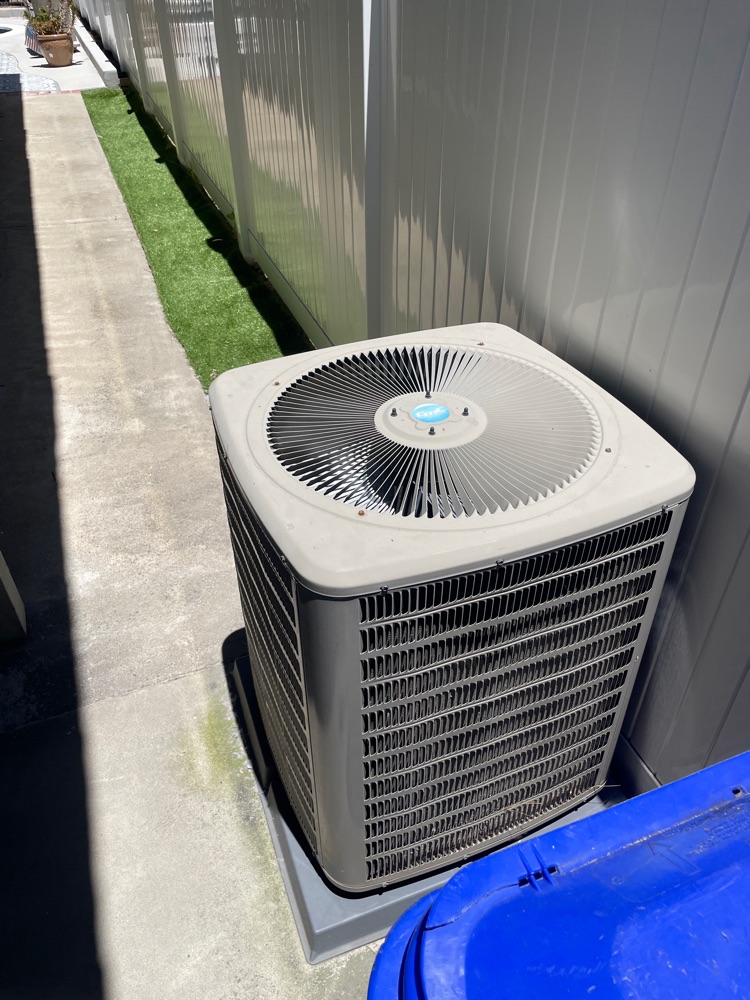Every winter season homeowners have issues with their heaters not starting, thus not getting heat and remaining cold for an extended period. We know how it goes. You go to bed comfortably and wake up in the middle of the night to a bitter chill. It is inevitable and frustrating for people plagued with this type of issue. The question, "Why won't my heater start?" becomes a nightmare and haunts them as they huddle around a space heater for warmth. For these people, we have put together a list detailing reasons why the heater will not stay on and produce heat during those freezing winter nights. Don’t be too fast to call a professional helper at once. We are sure you can fix the breakdown yourself if you have some basic repair skills. In case you are not sure about your own actions, it is better not to risk your life and get maintenance assistance. Most likely some parts of the heater are dead. While we're on the subject of heat pumps, let's just acknowledge that all kinds of components can go bad for any number of reasons. Failed starting components, in particular, can prevent your blower (indoor unit) or outdoor unit from starting properly. The system won't heat your home, and you'll need to replace the bad parts. Also known as a "draft inducer," this little motor exists to help clear the heat exchanger of leftover gas from a prior cycle and vent all gases produced during the furnace's combustion process. If the inducer motor starts pulling high amps, it can eventually burn out. It can also get dirty over time, which causes safety switches to cut the furnace off. During tune-ups, we check the draft to make sure the inducer fan motor is working properly. Again, proper maintenance and regular inspection can help you identify problems with these components before they fail. You'll avoid costly repairs in the future.

November 26, 2023
AC is leaking from the coil – HVAC Troubleshooting in San Diego
Have you encountered a leaking air conditioner? This causes not the most pleasant feelings and deprives you of comfort. Before solving this problem, you should determine what exactly became the source of the air conditioner flow.


















